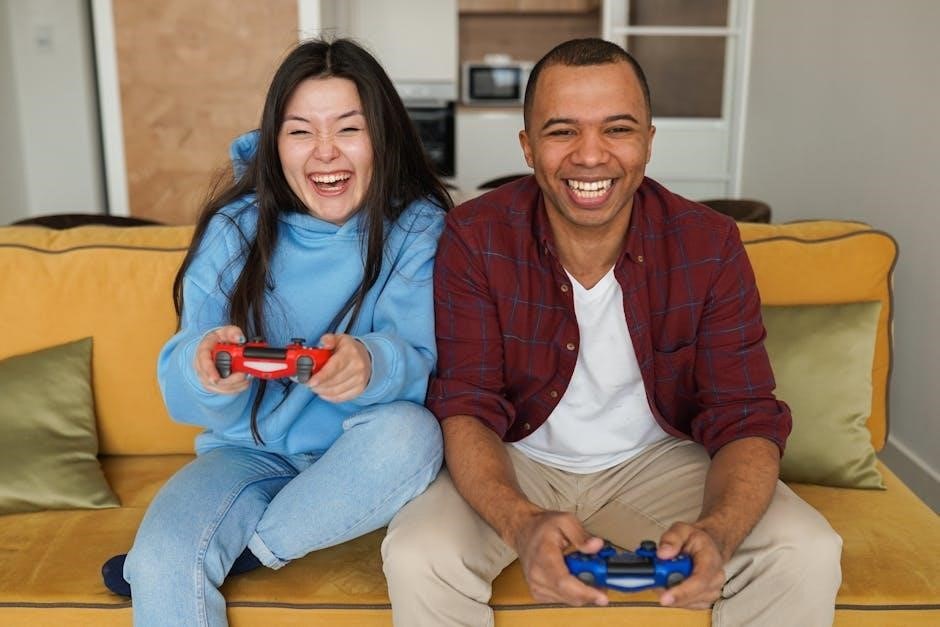Tanks are the backbone of any successful team in Overwatch 2, serving as the first line of defense and enabling teammates to focus on dealing damage. Their primary role is to absorb enemy fire, protect allies, and create opportunities for aggressive plays. For console players, mastering tank heroes like Sigma or Zarya requires precise aiming and situational awareness. This guide will explore the fundamentals of tank play, optimal strategies, and hero-specific tips to help you dominate the battlefield.
Role of a Tank in Overwatch
Tanks are the backbone of any successful team in Overwatch, serving as the first line of defense and enabling their teammates to focus on dealing damage and securing objectives. Their primary role is to absorb enemy fire, protect allies, and create opportunities for aggressive plays. Tanks are responsible for initiating fights, controlling key areas of the map, and dictating the pace of the battle. Without effective tank play, teams often struggle to maintain momentum and protect their support heroes.
The tank role is divided into two main categories: main tanks and off-tanks. Main tanks, such as Reinhardt or Sigma, are focused on protecting their team with shields and abilities that absorb damage. They are often the ones leading the charge and setting up positions for their team to follow. Off-tanks, like D.Va or Roadhog, are more aggressive and focus on disrupting the enemy team, picking off high-value targets, and creating chaos in the enemy ranks.
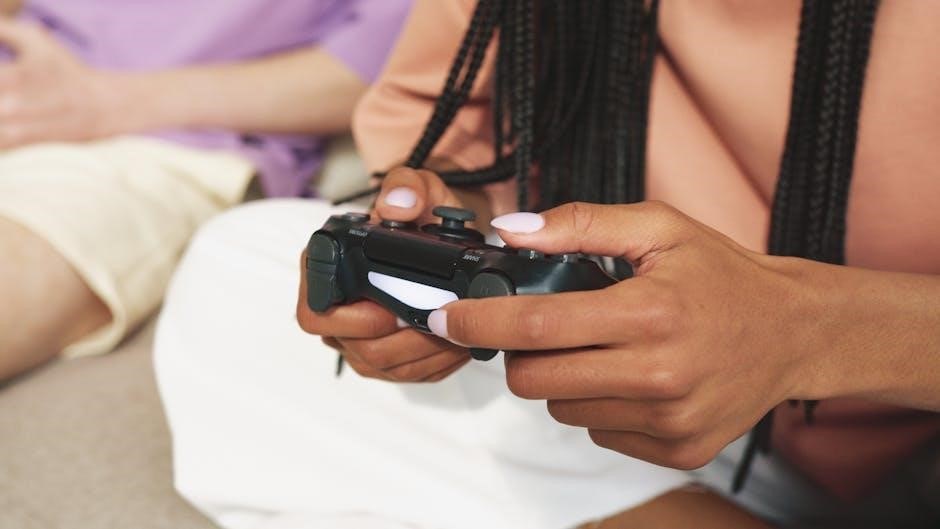
One of the most critical responsibilities of a tank is to manage their positioning. Staying in front of your team and blocking enemy ultimates can make the difference between a victory and a defeat. Tanks must also be aware of their surroundings, using their abilities to control chokepoints and prevent flanking maneuvers by the enemy team. Additionally, tanks are often the ones responsible for engaging enemies, using their crowd-control abilities to lock down key targets and allow their damage dealers to finish them off.
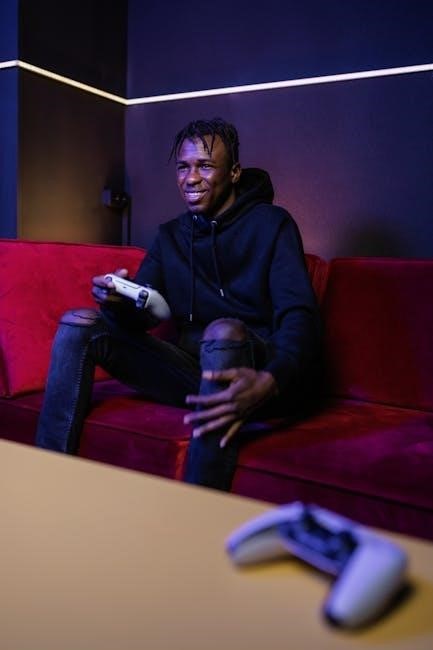
For console players, mastering the tank role requires precise aiming and situational awareness. Heroes like Sigma and Zarya have abilities that can be game-changing if used correctly, but they also require a good understanding of timing and positioning. Console players should focus on optimizing their settings for better aim and movement, as this will significantly improve their ability to protect their team and control the battlefield.
Importance of Tanks in Overwatch 2
Tanks play a pivotal role in Overwatch 2, serving as the backbone of any successful team composition. Their ability to absorb damage, protect allies, and control the battlefield makes them indispensable in both offensive and defensive strategies. With the introduction of new heroes, maps, and game modes like Push, the importance of tanks has only grown, as they are often the key to securing objectives and maintaining team momentum.
One of the most significant contributions of tanks is their ability to create space for their team. By initiating fights and absorbing enemy aggression, tanks allow damage dealers and supports to focus on their roles without being overwhelmed. Heroes like Roadhog and D.Va excel at disrupting enemy formations, making it easier for their team to pick off targets. Meanwhile, main tanks such as Reinhardt and Sigma provide shields and barriers that protect their squad from devastating ultimates and sustained damage.
In Overwatch 2, the tank role has become even more dynamic due to the introduction of new mechanics and heroes. For example, Mauga’s abilities bring a fresh layer of aggression and crowd control, while Junker Queen’s command shutters offer unique ways to zone enemies. These changes highlight the adaptability of the tank role and its continued relevance in the ever-evolving meta. Additionally, the updated Competitive mode and seasonal Battle Pass system reward skilled tank play, making mastery of this role more rewarding than ever.
For console players, understanding the importance of tanks is crucial for climbing the ranks. Optimizing settings for better aim and movement can significantly enhance your ability to protect your team and control the battlefield. Tanks like Zarya, with her Particle Barrier, or D.Va, with her Defense Matrix, are particularly effective on console due to their ability to mitigate damage and block projectiles; By mastering these heroes, console players can become the backbone of their team and lead them to victory.
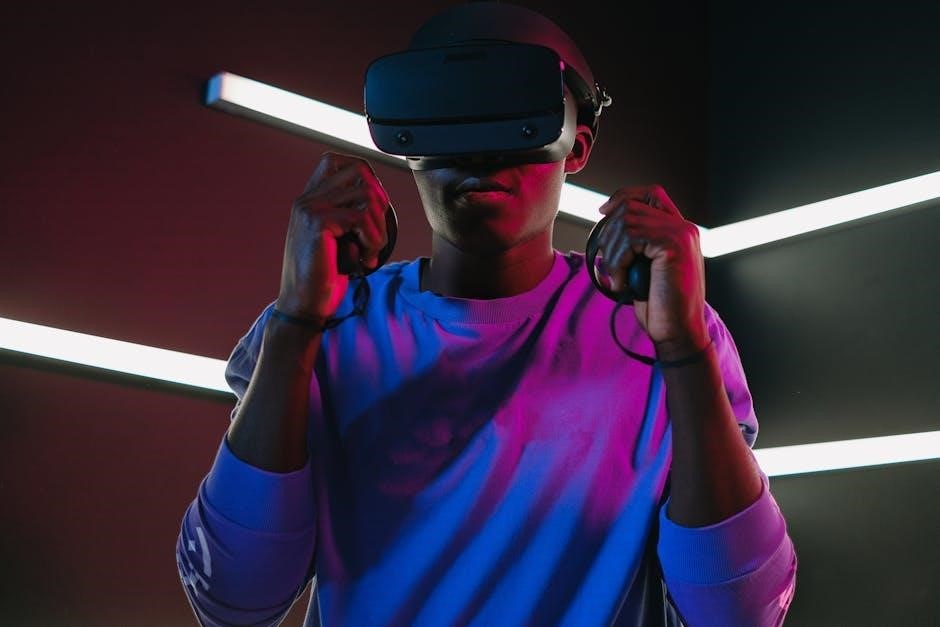
Fundamentals of Tank Play
Mastering the tank role in Overwatch 2 requires a deep understanding of positioning, decision-making, and situational awareness. Tanks must balance protecting their team while creating opportunities for aggression. Proper positioning ensures you absorb damage effectively and control key areas of the map. Console players should focus on optimizing their settings for better aim and movement precision. Avoid overcommitting to fights and stay mindful of your cooldowns. Effective tank play is about balancing defense and aggression while enabling your team to succeed.
Basic Responsibilities of a Tank
As the backbone of any Overwatch 2 team, tanks have distinct responsibilities that ensure the team’s survival and success. Their primary role is to absorb damage, protecting squishier heroes like damage dealers and healers. Tanks must position themselves between the enemy team and their allies, taking the brunt of incoming fire. This allows the rest of the team to focus on dealing damage and staying alive.
Another key responsibility is initiating team fights and controlling engagement. Tanks often have abilities that enable them to charge into battle, disrupt the enemy’s positioning, or create openings for their team. For console players, mastering the timing of these abilities is crucial, as it can dictate the flow of the fight. Properly initiating ensures that the team can capitalize on the chaos created by the tank’s abilities.
Tanks are also responsible for enabling their team’s ultimate abilities. By drawing enemy fire and managing cooldowns effectively, tanks create opportunities for their damage dealers and healers to execute high-impact plays. This includes holding the frontline, securing high ground, and blocking critical chokepoints on the map. Console players should focus on maintaining good spatial awareness to maximize their impact in these situations.
Additionally, tanks must be mindful of their surroundings and communicate threats to their team. Identifying flanking enemies, upcoming ultimates, or dangerous positioning can prevent unnecessary deaths. Console players can use their radar and mini-map to stay informed and coordinate with their team. Effective communication ensures that the tank’s efforts are amplified and the team remains cohesive.
Ultimately, the tank’s role is about balance—absorbing damage, controlling the fight, and enabling their team to succeed. Console players should practice their mechanics, learn their heroes’ kit deeply, and stay focused on their responsibilities to excel in this critical role.
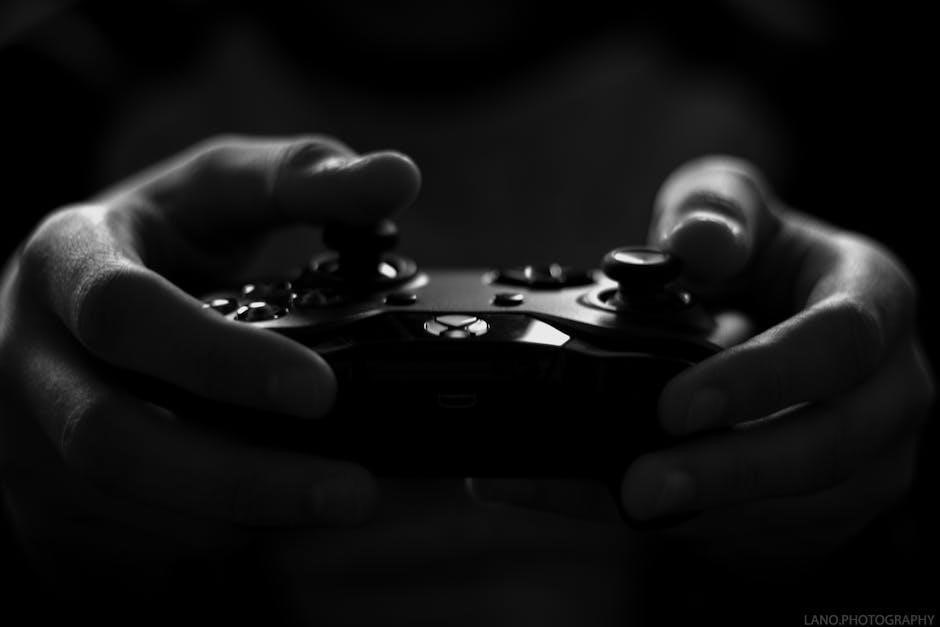
Positioning and Decision Making
Positioning and decision-making are critical aspects of effective tank play in Overwatch 2, especially for console players. Tanks must always be aware of their surroundings, ensuring they are in the right place at the right time to protect their team and control the battlefield. Proper positioning allows tanks to absorb damage, block enemy ultimates, and create space for their teammates to operate effectively.
Decision-making begins with understanding the map and the flow of the game. Tanks should identify high ground, chokepoints, and common routes enemies take to position themselves strategically. For console players, using the radar and mini-map is essential to track enemy movements and anticipate threats. This awareness helps tanks make split-second decisions, such as when to engage, when to fall back, or when to reposition to avoid getting caught out.
Another key aspect of decision-making is coordinating with the team. Tanks should communicate with their damage dealers and healers to synchronize ultimates and set up ambushes. For example, a tank might decide to initiate a fight after confirming that their healer is in position or that their damage dealer has a critical ultimate ready. Console players can use their comms wheel to quickly relay information and ensure the team is on the same page.

Positioning also involves adapting to the enemy team’s composition. If the enemy has a flanker like Genji or Reaper, the tank must decide whether to stay close to their healer or peel off to intercept the threat. Similarly, against heavy burst damage, the tank might need to position themselves to block key abilities or create distance to avoid getting blown up. Console players should practice their movement skills to quickly reposition as needed.

Ultimately, good positioning and decision-making are what separate great tanks from average ones. By staying aware, communicating effectively, and making smart choices, tanks can dictate the flow of the game and lead their team to victory.
Common Mistakes to Avoid
While playing as a tank in Overwatch 2, especially on console, there are several common mistakes that can hinder your effectiveness and put your team at a disadvantage. Avoiding these errors is crucial to improving your gameplay and contributing positively to your team’s success.
One of the most frequent mistakes tank players make is overcommitting to a fight. This occurs when a tank charges forward without proper support from their team, leaving themselves vulnerable to enemy focus fire.Console players should always ensure they have backup before engaging, as tanks are most effective when protecting their team rather than trying to solo fight enemies.
Another common error is poor positioning. Tanks often stand too far back or too close to the action, which can disrupt the team’s balance. For example, staying too far back may leave your damage dealers and healers exposed, while standing too close can make you an easy target for enemy ultimates. Practice positioning yourself to block enemy movements while maintaining proximity to your healers.
Many tank players also fail to respect the “ultimate economy.” This refers to using your own ultimates too early or too late, which can waste their potential impact. For instance, deploying D.Va’s Defense Matrix without blocking a critical ultimate or using Reinhardt’s Earthshatter at the wrong moment can lead to missed opportunities. Console players should communicate with their team to coordinate ultimates for maximum effectiveness.
Ignoring the importance of healing is another mistake. Tanks often forget to position themselves near their healers or fail to use abilities that reduce incoming damage. This can lead to unnecessary deaths and put pressure on the team. Always prioritize staying within healing range and use cooldowns like Sigma’s Barrier Projector or Zarya’s Particle Barrier to mitigate damage.
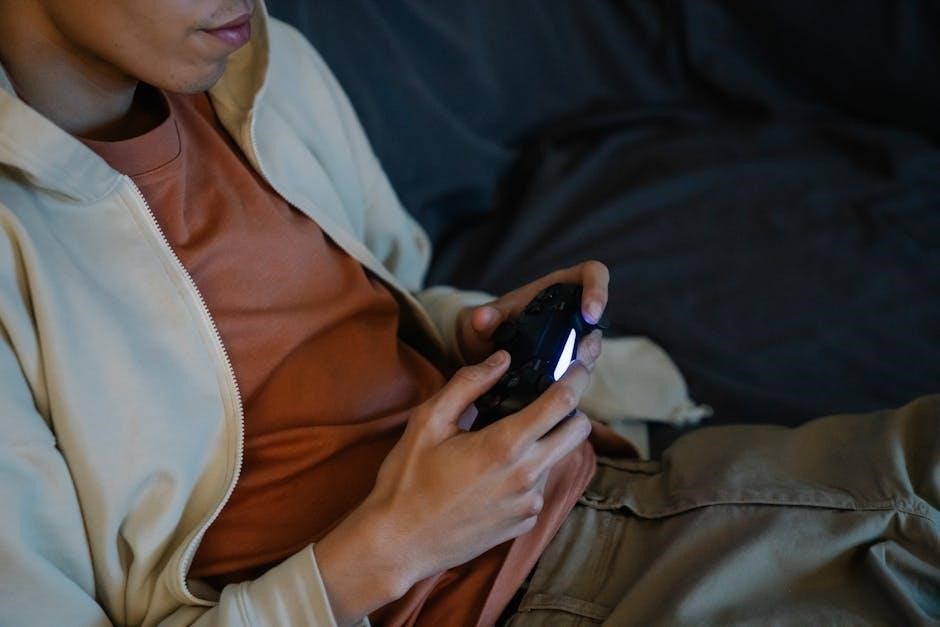
Finally, chasing kills is a costly habit for tanks. Your primary role is to protect your team, not to secure eliminations. Overextending to finish off an enemy can leave your team vulnerable to counterattacks. Instead, focus on controlling the battlefield and letting your damage dealers handle the kills;
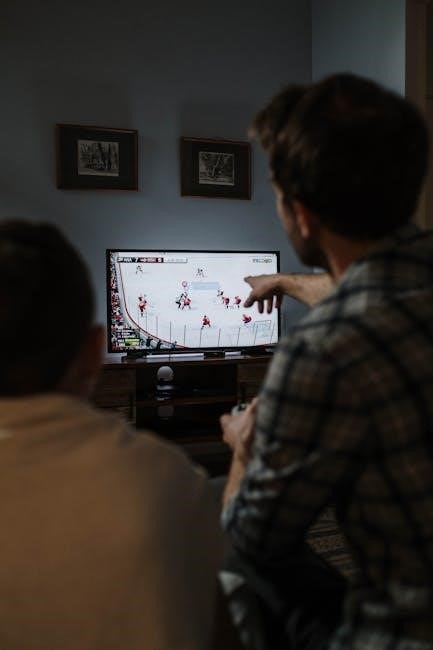
By avoiding these common mistakes, tank players can improve their decision-making, enhance team coordination, and become more impactful in Overwatch 2. Remember, the tank’s role is to lead and protect, not to solo carry the game.
Popular Tank Heroes in Overwatch 2
Overwatch 2 features a diverse roster of tank heroes, each with unique abilities and playstyles. Sigma, with his gravitational abilities, excels at controlling the battlefield and protecting allies. Zarya, utilizing her Particle Barrier, is a formidable force who can absorb damage and empower her team. Both heroes are popular among console players due to their versatility and impact in various scenarios.
Sigma: Abilities and Playstyle
Sigma, the brilliant astrophysicist turned Overwatch tank hero, brings a unique set of abilities that make him a versatile and powerful presence on the battlefield. His primary weapon, the Hyperspheres, fires two energy projectiles that ricochet off surfaces, making them ideal for harassing enemies at a distance. Sigma’s abilities are centered around gravitational manipulation, allowing him to control crowds and protect his team effectively.
One of Sigma’s most iconic abilities is Kinetic Grasp, which absorbs incoming projectiles and converts them into protective shields. This makes him particularly effective against heroes with long-range attacks, such as snipers or other projectile-based characters. His Accretion ability lets him gather nearby debris to form a large, explosive projectile, which can be used to initiate fights or disrupt enemy positions. Sigma’s ultimate ability, Gravitic Flux, creates a massive black hole that pulls in all nearby enemies, dealing significant damage and setting up opportunities for his team to eliminate key targets.
When playing Sigma, the key is to balance offensive and defensive playstyles. His Hyperspheres allow for consistent damage output, while his abilities focus on controlling the battlefield and protecting allies. Console players should focus on positioning themselves at the front lines to maximize the effectiveness of their abilities. Proper timing of Gravitic Flux can turn the tide of a battle, especially in tight spaces or during team fights. With practice, Sigma can become a dominant force in Overwatch 2, offering both utility and raw power to any team composition.
For console players, mastering Sigma’s abilities requires precise aim and spatial awareness. His Hyperspheres can be tricky to land, but the ricochet mechanics allow for creative strategies to hit multiple enemies. Additionally, using Kinetic Grasp to absorb enemy ultimates or high-damage attacks can make Sigma a lifesaver for his team. By understanding how to position himself and utilize his abilities effectively, Sigma can be a game-changer in Overwatch 2.
Zarya: Utilizing Particle Barrier
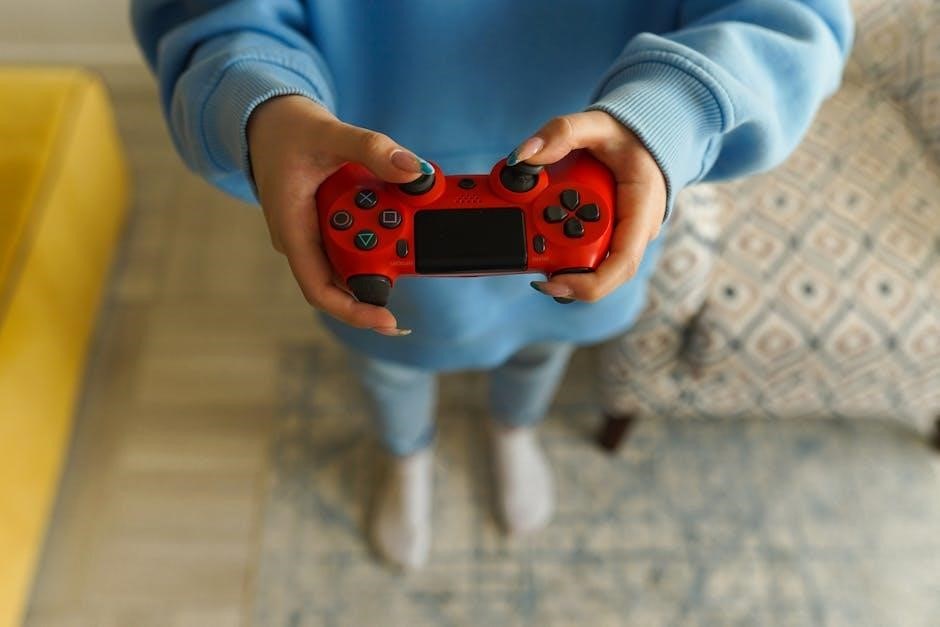
Zarya, the formidable Russian weightlifter turned Overwatch tank hero, is renowned for her ability to protect her team and amplify their damage output. Among her arsenal of abilities, the Particle Barrier stands out as one of her most essential tools, making her a cornerstone of any team composition. This ability allows Zarya to project a powerful energy shield onto herself or an ally, absorbing a significant amount of damage and providing critical protection in high-pressure situations.
The Particle Barrier is not just a defensive tool; it also plays a key role in enabling Zarya’s offensive capabilities. By shielding herself, Zarya can stay in the fray longer, dealing consistent damage with her Particle Cannon while her barrier absorbs incoming attacks. Similarly, using the barrier on a high-value target like a damage dealer or healer can drastically improve their survivability, allowing them to focus on their roles without fear of being eliminated quickly.
For console players, mastering Zarya’s Particle Barrier requires quick reflexes and situational awareness. The ability has a short cooldown, making it ideal for frequent use during intense engagements. Console players should prioritize communication with their team to identify who needs shielding most urgently. Additionally, positioning is crucial—Zarya should stay close enough to her allies to provide protection but also maintain enough distance to avoid being caught in enemy ultimates or area-of-effect attacks.
Zarya’s Projected Barrier (her secondary fire) adds another layer of versatility, allowing her to shield allies from a distance. This is particularly useful for protecting heroes who are engaged in fights away from the main team or for safeguarding a teammate who is being focused by the enemy. Console players should practice their aim to ensure they can accurately project the barrier onto the intended target, especially in fast-paced scenarios.
